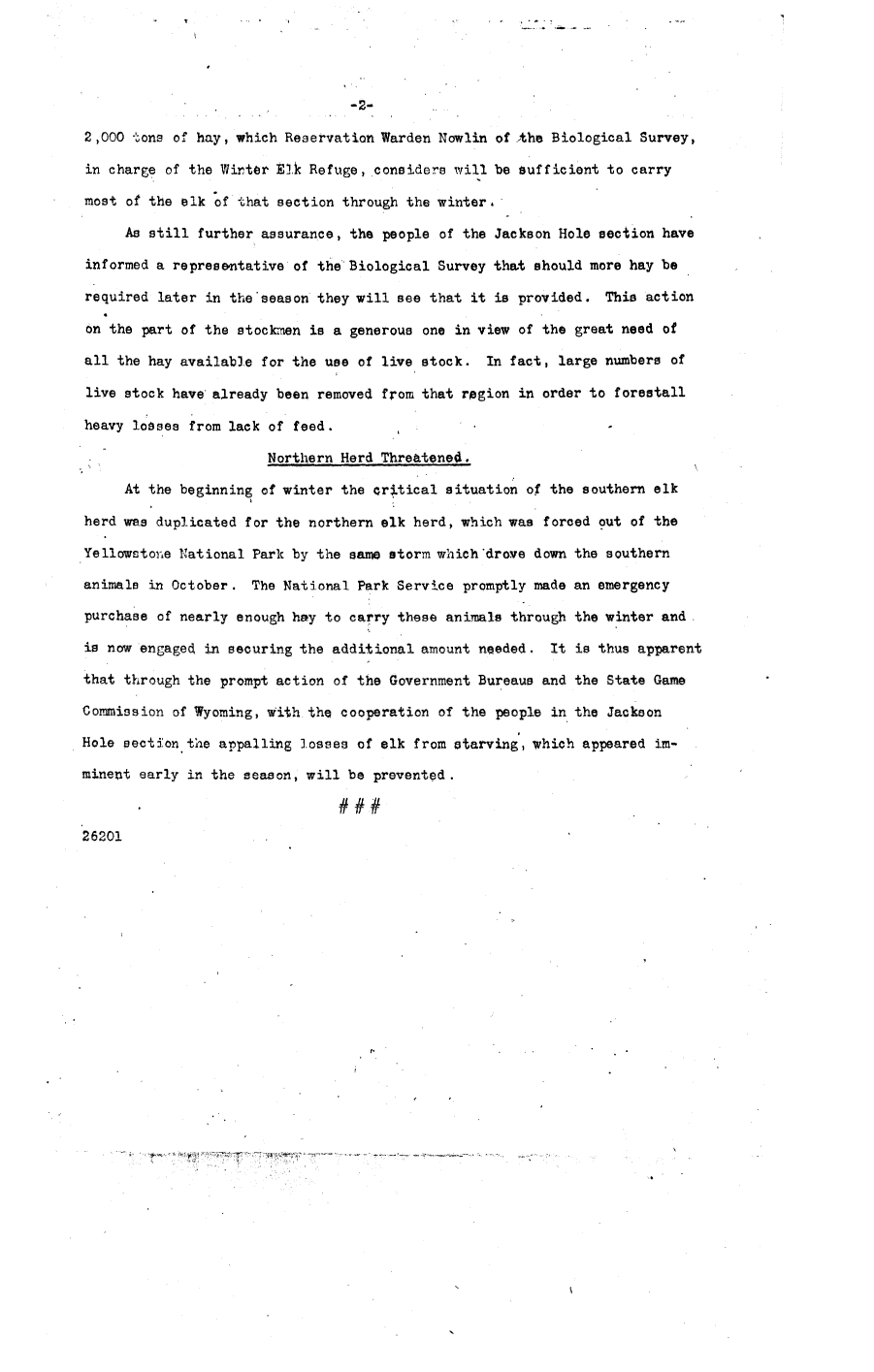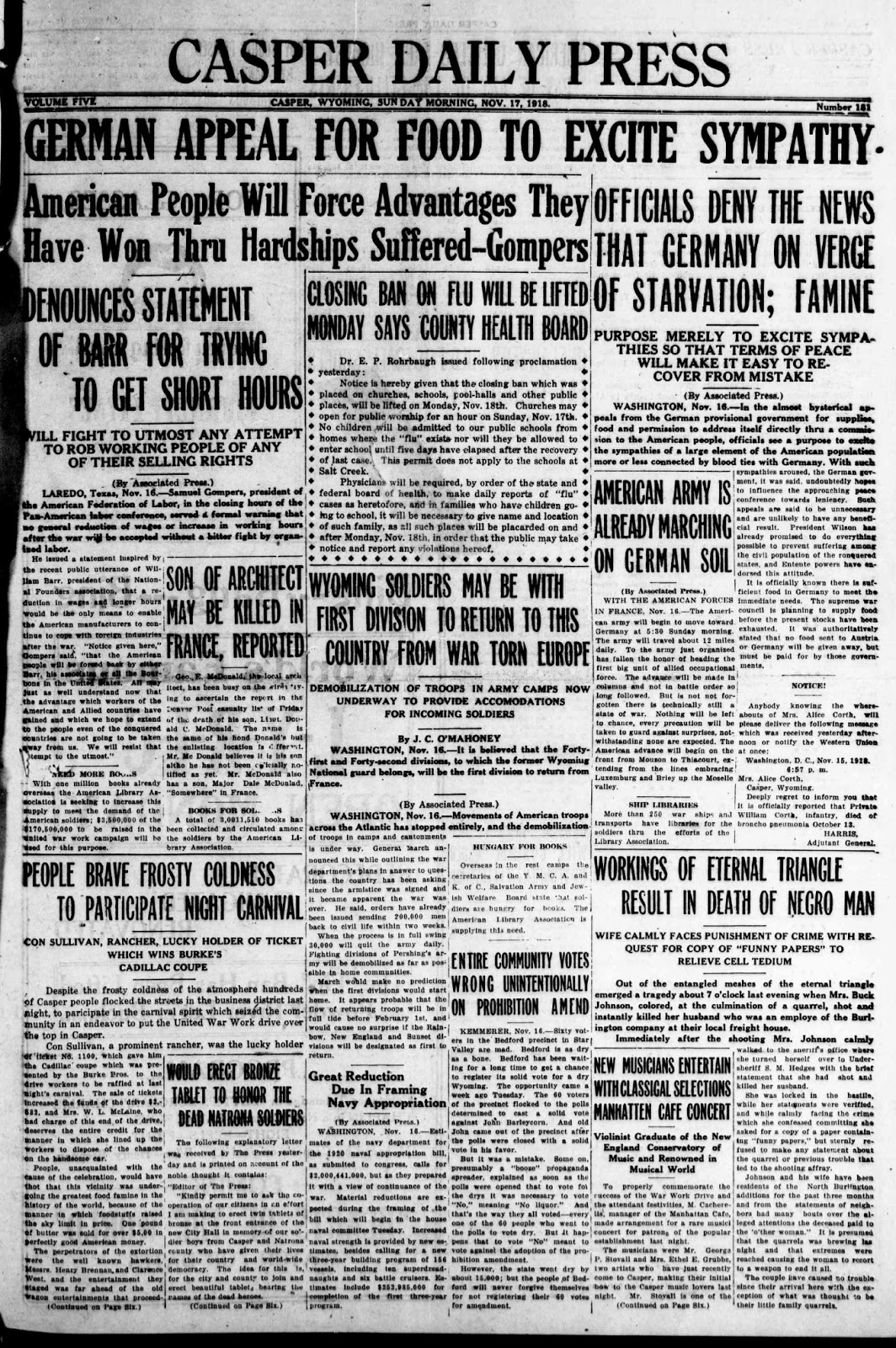Flying back from Tulsa, Oklahoma. A trip which entails going from Tulsa to Denver (cheaply) and then from Denver to Casper (expensively). Parking while you are in Tulsa is hardly going to be a significant element of your costs.
You must pay for everything in this world one way
and another. There is nothing free except the Grace of God. You cannot
earn that or deserve it.
Maddie Ross in True Grit (written by Charles Portis)
I sometimes get the feeling recently that the Star Tribune is looking for something to do. It probably needs something to do as its paper declines to the size of a large pamphlet and its reduced to running columns from the national syndicates.
Maybe not, but it's hard to look at the story on airport parking at the
Natrona County International Airport as a real story. Or at least its hard to get all worked up about it. But I suppose its a legitimate story.
Here's the deal.
The airport is putting in some new parking, but it isn't in yet. It won't be, maybe, for a long time, as its part of the airport's strategic plan, not a present project.
Big deal, you might say.
Well, it sort of is, maybe, in that there's a Wyoming state law that provides:
For public convenience, commissioners or boards having jurisdiction to
regulate parking of vehicles shall provide free parking areas adequate
to accommodate at least twenty percent of the number of vehicle parking
spaces for which a fee is charged.
That's nice, eh?
Well, it is. And it was a law that was backed by former Natrona County Democratic legislator, Dick Sadler.
So, what's the deal, you may ask?
Well, the free parking is 1.5 miles distant from the terminal. Quite a ways. Probably nobody is going to park there. At least not very many people, and not very often.
The tribune, alerted to this (it seems to have come up in recent airport board meetings), interviewed Natrona County Airport Board president Joe MacGuire on this. MacGuire, who holds a pilots license (and whose father once kept a really neat A26 Invader out at the airport), is also a Republican state representative from Natrona County. He tends to be blunt. So, he told the Tribune that he knew it was a long ways away and admitted that its unlikely to be used. He even stated , about the law;“It was kind of added in there at the
very end and wasn’t even placed in a part of the statute that directly
deals with parking, Honestly, it’s kind of an unfunded mandate"
You know, it is an unfunded mandate.
Now, this is just the sort of thing that's fun for some people to get their back's arched up about. Dick Sadler, the former legislator who often focused on Democratic populist type things while in the legislature has been working on this, apparently, out at the Airport and stated about the situation; "I passed that law and they hate my guts for it."
M'eh.
I very much doubt that.
But some folks are mad. One friend of mine with far left political leanings commented "It's always obnoxious when rich people like MacGuire are quoted saying
shit like, 'I wish everything at the airport was free.' I'm sure he's
not really that much of a tool."
MacGuire did say that, in the interview, but maybe he just deserves credit for being honest.
Consider the following. The airport is only within $33,000 of going into the red. That's really tight. According to MacGuire the free parking at the airport costs the airport $165,000. That makes quite a difference.
And now we learn, on top of it, that Allegiant Air is pulling out of Casper, and that will cost the airport $26,000. With that loss, that $33,000 in the black becomes only $7,000.
That's really tight.
And as the airport manager noted, that's just the direct costs to the airport, not the ancillary loss, and that's likely to occur. So that $26,000 direct loss is likely to become a bigger loss. Indeed, it almost certainly will. Quite a few of those Allegiant travelers would have, well, parked at the airport while they were in Los Vegas (which is where Allegiant flew to from here). That's a loss. So, we can probably say that bare minimum, at least right now, the airport has probably less than a $5,000 margin, post Allegiant, before it goes into the red.
And while "free parking" is just the sort of "looking out for the average man" type of program that folks like to get behind, in this case, it makes darned little sense in general.
Indeed, the common thesis behind such things is that this protects the interest of the little guy. That would presuppose, in this instance, that the little guy is able to afford a ticket, set by the airlines not the airport, to fly out of Casper. Most Casperites can in fact afford to fly out of here, but its so expensive that many, including most experienced travelers, actually choose to drive to Denver and catch a plane from there. The most expensive leg of air travel in and out of Casper is the flight to Denver or Salt Lake City.

Indeed, generally if you do that (and maybe you have to), you then park your car in a public lot that's so far from the actual Denver terminal that its located just outside of Dallas, Texas. Or at least it feels that way. And you catch a bus from there to the airport terminal.
All of which makes the "free parking" at the Natrona County International Airport more than a little bit absurd. You can shave off a little of the costs of prolonged parking, sure, but not much. And any free parking is always going to be second best and always, therefore, going to entail an added element of risk for whatever you left there. All this means that the thought was nice, but extremely unrealistic.
Something that the residents of the County don't appreciate much, I think, is that the airport is a real gem. We're very lucky to have it. We're so acclimated to it that we don't realize what a major piece of infrastructure it is. The runways are massive. Some of the runways, I'd note, are retired from use and aren't maintained, and there's no plans to put them back in use. That's a real shame.
The entire airport is a legacy of the Second World War. It was the third airport in the county, replacing a second that is now the Town of Bar Nunn. There's no earthly way that Bar Nunn airport, which wasn't even completely flat, could serve the needs of the county today. Not even close. It was likely barely adequate at the time it closed.
The Natrona County International Airport was built as a training airbase for B-24s and B-17s during World War Two, on a much flatter piece of ground, and the runways are numerous and enormous. Beyond that, probably a majority of the hangers date to the Second World War and are gigantic. The airport complex it self features numerous buildings that date from the original airbase as well. It's a huge, and great, airport. Probably the closest thing to it in the state is Cheyenne's municipal airport, once a major stop for transcontinental air mail runs, but it's a shadow of what Casper's airport is.*
The airport receives quite a bit of international traffic, given its great facilities. If kept up, and they're trying, it'll continue to. Better yet, if the retired runways could be put back in use it would be fantastic, but there's no money to do that.**
Which takes us back to parking. The airport's master plan is to put in new parking near the terminal, and it will include public parking, so that will solve the problem.
But it won't solve the short funding problem.
And, everything that legislators mandate must be "free", no matter what it is, in the end, isn't. It's a reverse tax of some sort, or it just becomes a public impossibility. Free health care, free college, free highways, whatever, aren't really free. When there are few public "frees" its easy to appreciate that, when there are thousands of such mandates, however, they cease to be.
Which doesn't mean that they aren't worthwhile. Some are. Some are not. One like this, in its intent, is perfectly understandable.
But it isn't free.
__________________________________________________________________________________
*Indeed I'll note here that the location of the Wyoming Air National Guard's infrastructure at the Cheyenne airport is somewhat unfortunate. The Natrona County International Airport was built by the United States Army Air Corps and it has everything, including size and an out of town location, that an airbase needs. Cheyenne's airport is surrounded by the town, on the other hand (you can circumnavigate the darned thing by car) and is smaller. In terms of placement it wouldn't matter whether the Guard's airbase was in Casper or Cheyenne and the only reason I can think of it being in Cheyenne is that its close to F. E. Warren Air Force Base, which is also in Cheyenne. But F. E. Warren houses missile wings and nothing else, and doesn't have a large air strip itself. The aircraft at F. E. Warren are helicopters.
Maybe this is something that Natrona County should ponder, although over the years some super huge hangers have been built for the Air Guard in Cheyenne and it is, no doubt, too darned late now.
**Military traffic. . . is anyone listening?




























